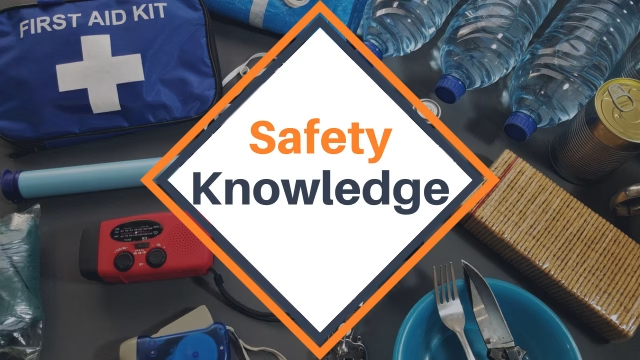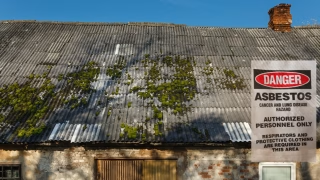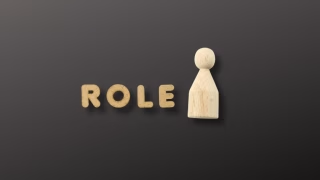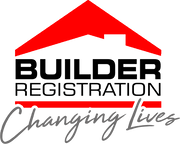
When it comes to the construction industry, safety is not just a guideline; it’s an absolute necessity. even you’re a professional or stepping into the world of construction for the first time, having a solid grounding in safety practices can make all the difference in ensuring a secure and productive work environment.
Understanding the Risks
Construction sites are dynamic environments filled with various potential hazards, from heavy machinery and high altitudes to the risk of falls, electrical hazards, and more. According to statistics, the construction industry consistently represents a significant portion of workplace injuries and fatalities. By prioritizing safety education, we can actively work to reduce these alarming numbers and protect our greatest asset: the workforce.
Building a Safety Culture
Knowledge about safety doesn’t just protect individuals; it also cultivates a culture of safety within a company. When everyone on the job site understands the importance of safety protocols, it creates a collective responsibility. Peer-to-peer accountability fosters an atmosphere where workers feel empowered to speak up and promote safe practices. This type of culture is invaluable, contributing to increased morale and improved productivity—a win-win for both employees and employers alike.
Regulatory Compliance
In the construction industry, compliance with safety regulations isn’t optional; it’s a legal requirement. Familiarizing oneself with OSHA standards and other relevant regulations helps ensure that all safety measures are adhered to. Not only does this protect workers, but it also shields companies from potential legal issues, fines, and damage to their reputation. By prioritizing education in safety, companies can create an informed workforce that understands the importance of following these regulations.
Practical Safety Training
Investing in safety training is key to preventing workplace accidents. Programs often include hands-on training that covers a variety of topics, such as the proper use of personal protective equipment (PPE), emergency response protocols, and hazard identification. Embracing such training sessions enhances awareness and prepares workers for potential threats they may encounter on the job site.
Construction Safety Checklist
To ensure a safe and productive construction environment, workers should adhere to the following checklist:
Before Starting Work:
- Wear required PPE (Hard hat, safety glasses, gloves, high-visibility vest, steel-toe boots)
- Inspect tools and equipment for defects
- Ensure ladders and scaffolding are secure
- Identify emergency exits and first aid stations
- Check for site hazards (loose materials, spills, exposed wiring)
End of Shift:
- Store tools and materials safely
- Dispose of waste properly
- Report any hazards or incidents
- Remove PPE and cleanup work area
By incorporating this checklist into daily routines, workers can significantly reduce the risk of workplace incidents and create a safer construction site.
Conclusion
The construction industry thrives on skilled labor and teamwork, but without understanding of safety, the risks can exceed the rewards. By equipping yourself and your team with the vital knowledge of safety practices before stepping onto a construction site, you foster a secure working environment that not only safeguards lives but also enhances productivity and compliance.
If you’re interested in learning more about safety training programs and how they can benefit your team, contact Builders Institute at 1300 119 571 or visit our website at www.bi.edu.au. Together, let’s build a safer tomorrow in the construction industry!






